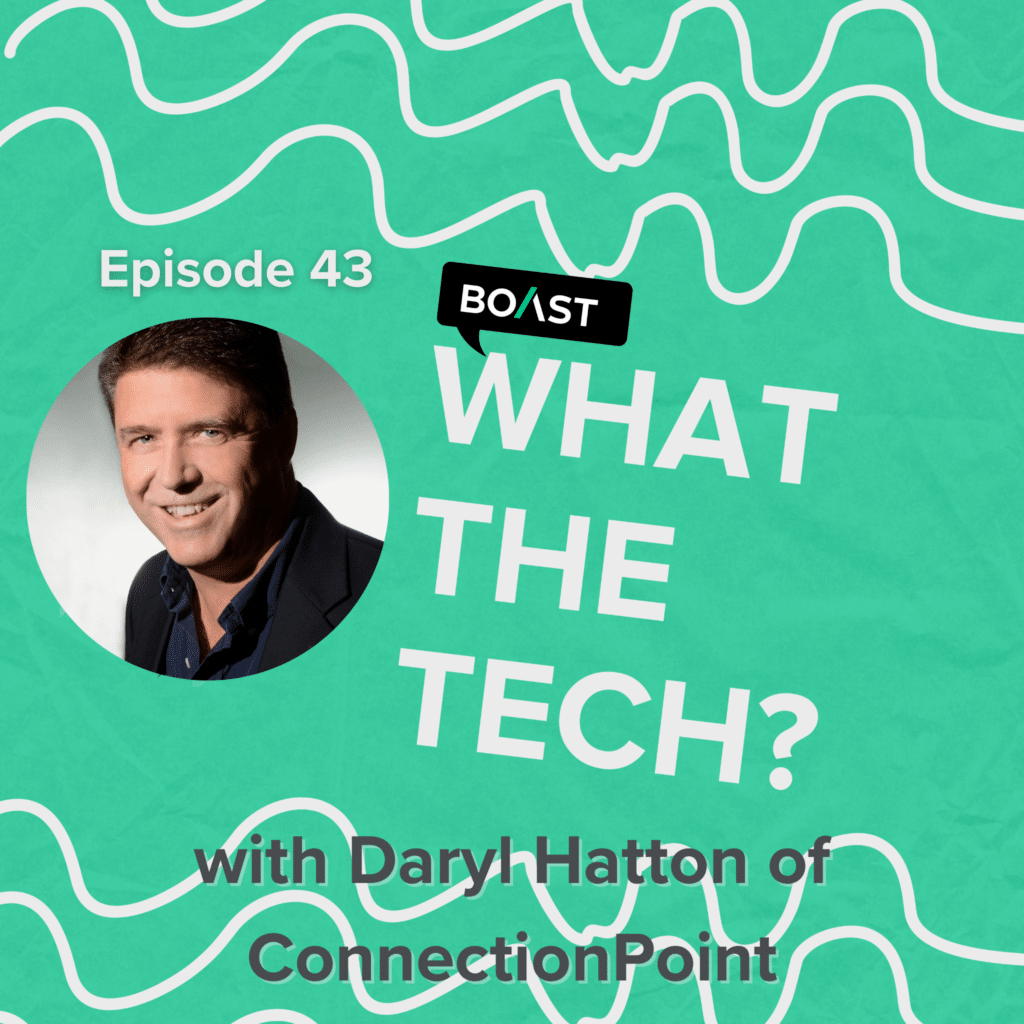SR&ED Allowable Expenditures represent the full roster of relevant investments into R&D that you can select from to develop your SR&ED claim.
From there, your SR&ED Qualified Expenditures are the investments that are relevant to your specific SR&ED project—selected from your broader SR&ED Allowable Expenditure list—that will be used to calculate your claim.
After that, the Pool of Deducted Expenditures (aka Expenditure Pool) is the total number of expenses you get from adding up all your SR&ED Qualified Expenditures for a given year’s claim.
All three of these similar-sounding terms represent very different components of your innovation tax credit (ITC) claim. While they all need to be understood and tracked to ultimately calculate SR&ED claim totals, they follow a somewhat confusing naming convention that hasn’t always been clearly delineated—even by the CRA.
For instance, despite Allowable and Qualified featuring prominently throughout Form T661, only the term Qualified SR&ED Expenditure was defined in the official SR&ED glossary.
To help, the CRA updated their SR&ED resources during Summer 2023 to provide deeper context for allowable expenditures, though it’s buried within some deep technical tax language that may not provide much clarity to non-experts.
We’ll break down the differences between these key components of the SR&ED claim and how they work in tandem to ultimately calculate your total ITC.
SR&ED Allowable Expenditures
One way to help distinguish between Allowable and Qualified expenditures is to view the former as a factor in determining the ladder.
Put differently, Allowable SR&ED Expenditures encompass all expenses incurred conducting scientific research and experimental development in a given tax year. This includes:
- Salary or wages
- Materials (consumed or transformed)
- Contract expenditures
- Overhead and other expenditures (traditional method)
- Third-party payments.
Once you have this broad lay-of-the-land where your annual SR&ED expenses are concerned, you can start delineating between the umbrella Allowable vs the ITC-worthy Qualified expenditures.
Section B of Form T661 is where you’ll plug in the Allowable SR&ED Expenditure amounts once costs have been properly categorized and non-SR&ED expenditures have been removed. Qualified SR&ED Expenditures are determined from there, representing the costs that can actually be claimed as ITCs in a given tax year.
What counts as a non-SR&ED expenditure?
It’s at Section B where expertise with navigating the CRA and communicating unique innovation becomes critical, as the tax code dictates that there must be a “reasonable link between the amount of salary or wages and the SR&ED work being performance for an amount to be an allowable SR&ED expenditure.”
While these rules relate specifically to salary and wages, similarly subjective language (ala “reasonable link”) within the tax code can be found as it relates to materials, contracts and all the other categories of Allowed expenditures.
This presents a challenge and an opportunity for filers to make their case and communicate the Technological Uncertainty that certain expenditures attempted to address.
For instance, while the salaries or wages claimed must be “directly attributable” to SR&ED activities—and there are clear rules around the Proxy method for claiming wages versus traditional filing—teams need detailed timelines and records of the entire project (and associated outcomes) to communicate the relevance of these activities to SR&ED.
It’s similar for calculating costs and materials (consumed or transformed): While an anecdotal connection between investments and outcomes may seem clear, teams need a detailed paper trail of the entire lifecycle of how materials were acquired and consumed over the course of a SR&ED project.
Along with impacting whether teams file using the Proxy or traditional SR&ED method, qualifying the materials used for SR&ED hinges on both detailed records and a clear impact on the larger project.
Determining the SR&ED Expenditure Pool
The Pool of Deductible SR&ED Expenditures represents the dollar total of SR&ED Qualified Expenditures that will determine your total claim. It’s determined in Section C, Part 3 of Form T661.
The SR&ED Expenditure Pool gives claims the option of eiter deducting the entire amount of SR&ED expenditures available for the year, “or any portion thereof after certain adjustments.” Going forward, any unclaimed balance may be carried forward to be claimed in future years, ie. deducted in calculating the claimant’s income from business on subsequent year’s claims.
Ultimately, the SR&ED Expenditure pool fluctuates year-over-year, adding and subtracting amounts from the prior-year’s Expenditure Pool balance to arrive at the amount available for deduction for your current year’s claim.
The pool is therefore truly “fluid,” and can be recalculated to take into consideration all relevant transactions and adjustments that occur from one year’s filing to the next.
Bringing siloed tracking, payroll, financial data into alignment
Where teams often get bogged down in the Allowable versus Qualified conversation—and really the entire SR&ED claim process—is understanding who needs to “own” this information (and applying for ITCs) in the first place.
On the one hand, product and engineering teams are the ones driving innovation, so it may seem logical that they would be the ones most readily available to summarize the innovation they’re driving first hand.
On the other hand, most R&D teams don’t speak or understand the tax code, let alone the nitty gritty of the budgets that supported their research or development over the past two years.
It also doesn’t necessarily behoove members of either the finance or the product development team at any company to remove themselves from their area of focus to bridge this divide in communicating Qualified SR&ED Expenditures.
At Boast, our team has worked on the cutting edge of innovation as technologists in their own right, which has armed them with unmatched expertise in communicating innovation to the CRA and maximizing the totals of our customers’ SR&ED claims. We combine this legal and technological prowess with an AI-driven platform that seamlessly integrates the project, payroll and financial data systems that teams across your organization use every day.
The results? Not only has boast successfully filed more than 4,500 successful ITC claims for customers across North America, our customers also enjoy 20 percent higher claims on average by working with our team.
To learn more about SR&ED and leveraging non-dilutive funding from an array of government sources, download our guide today.









